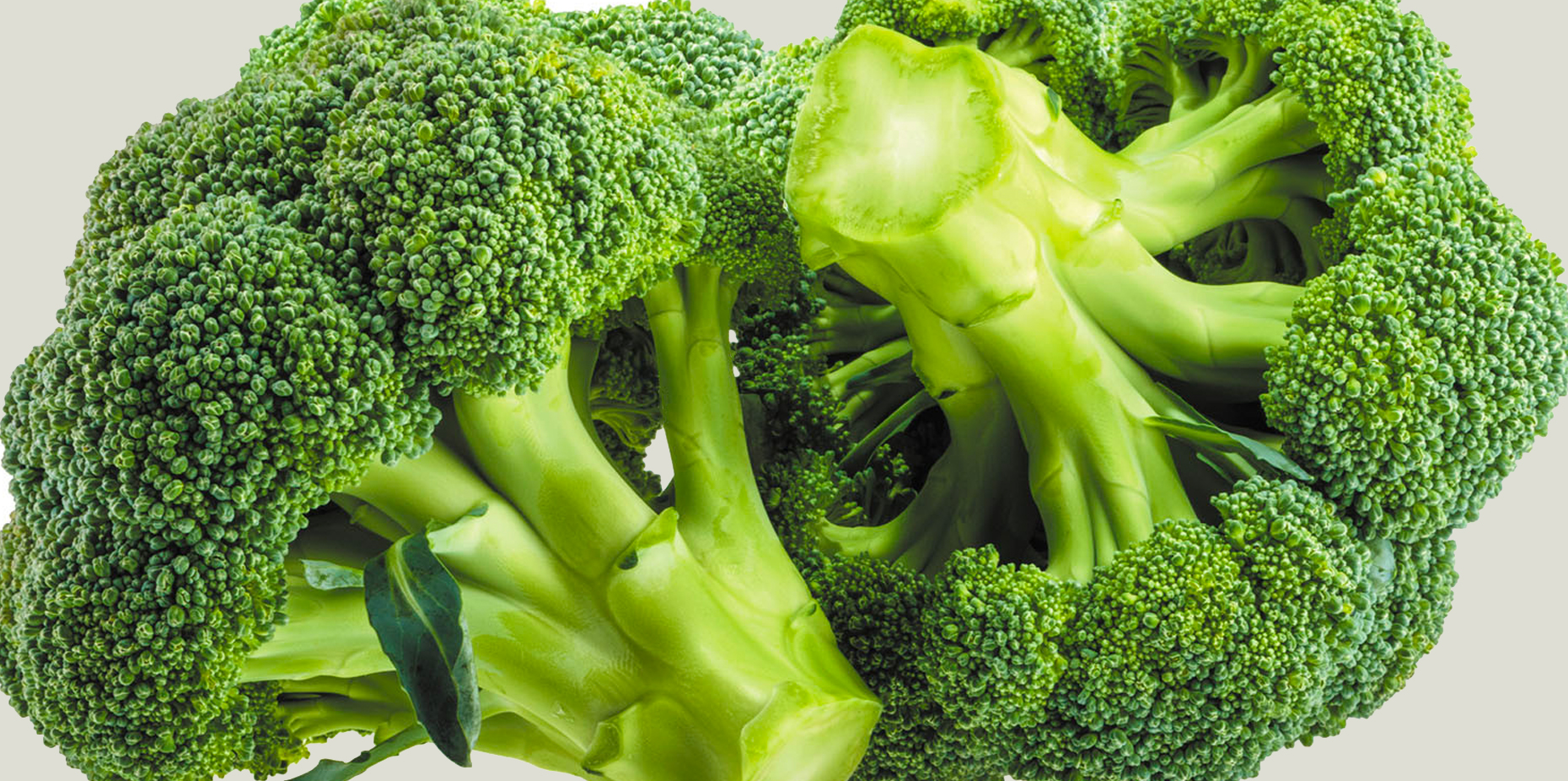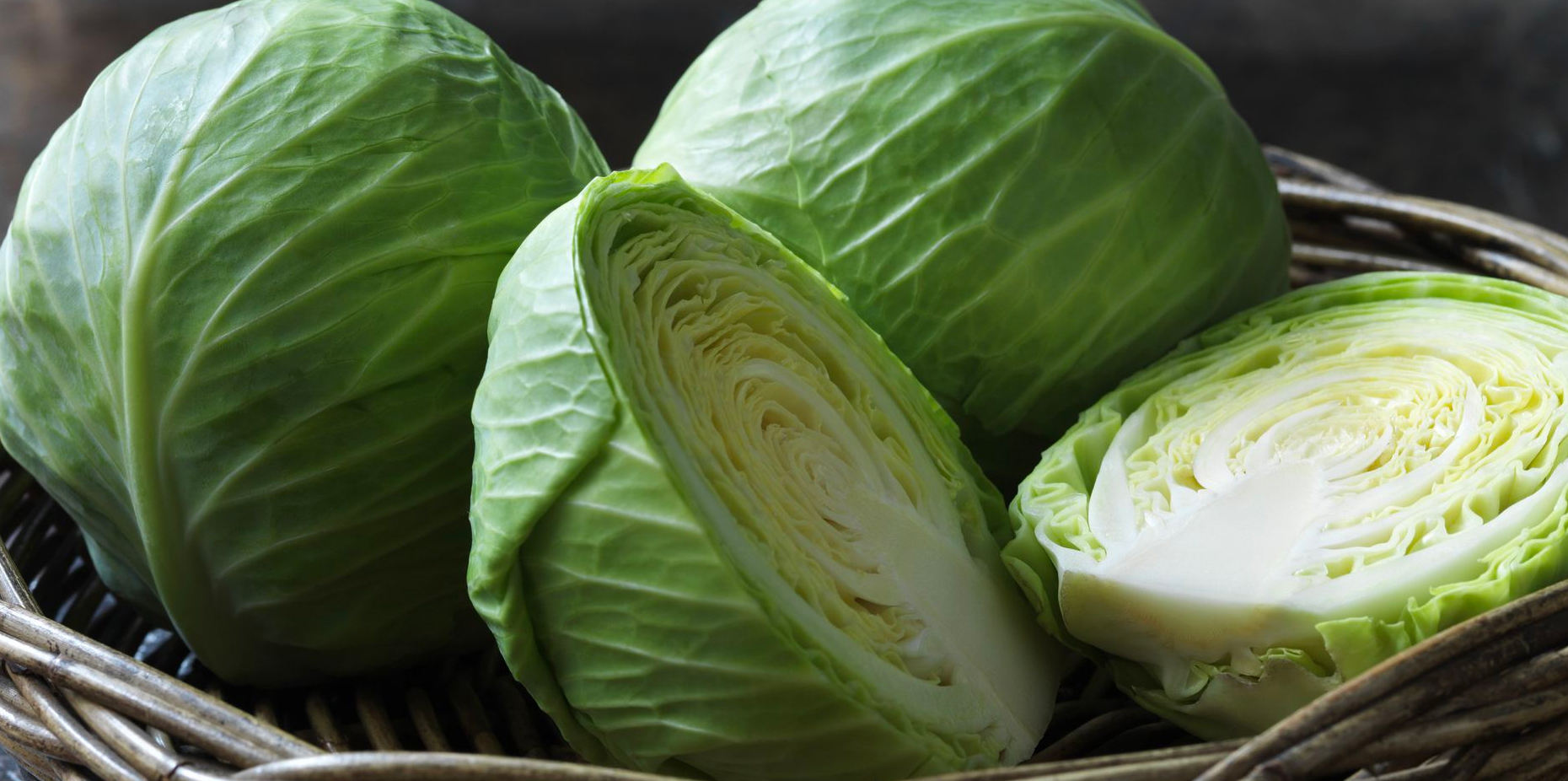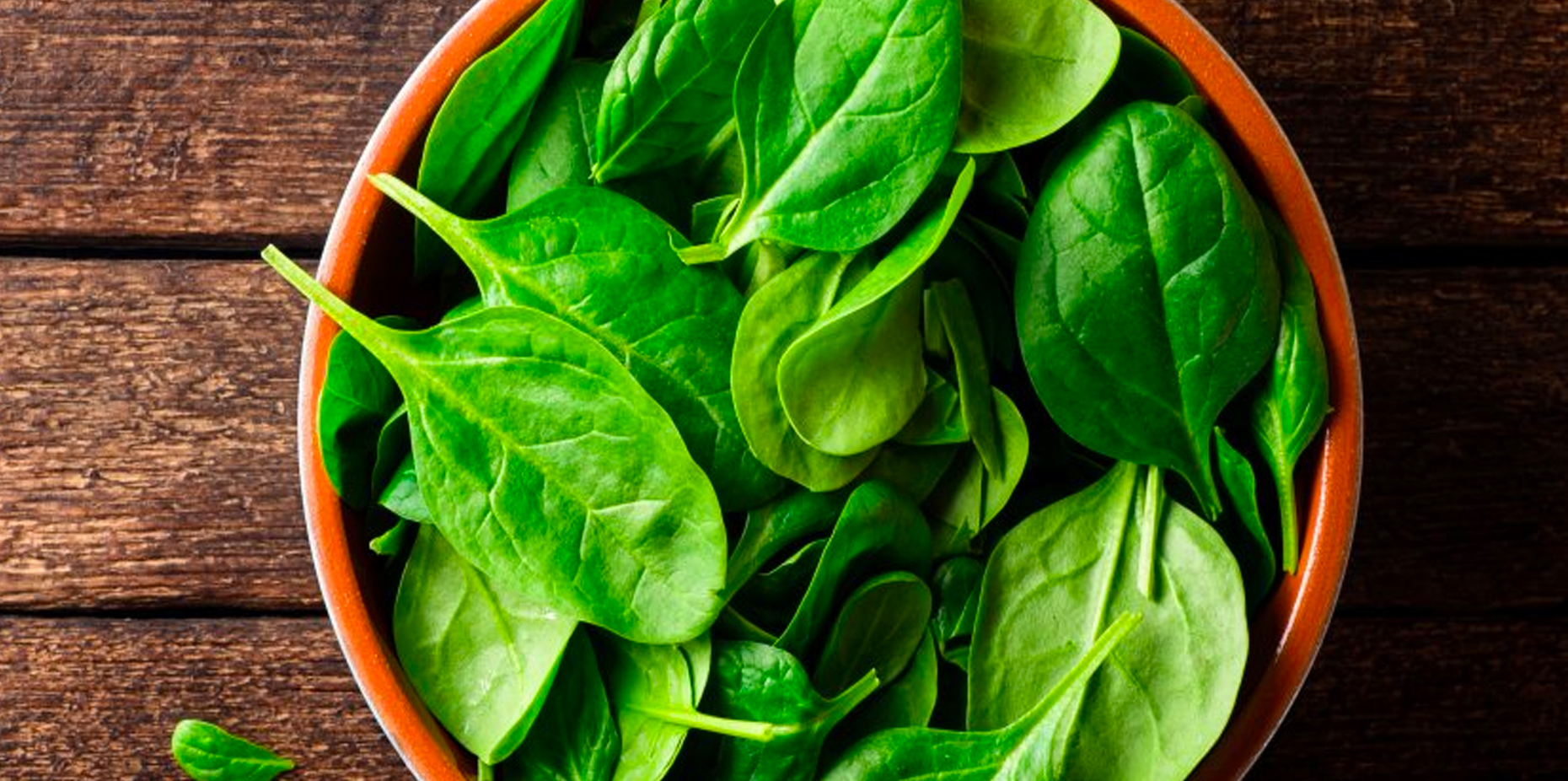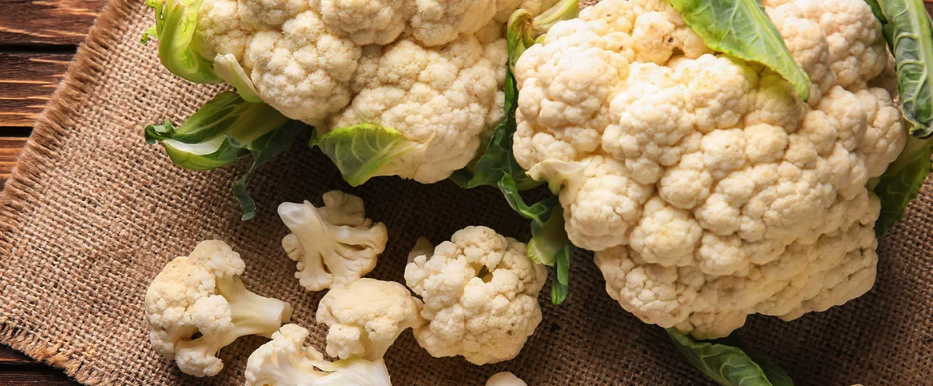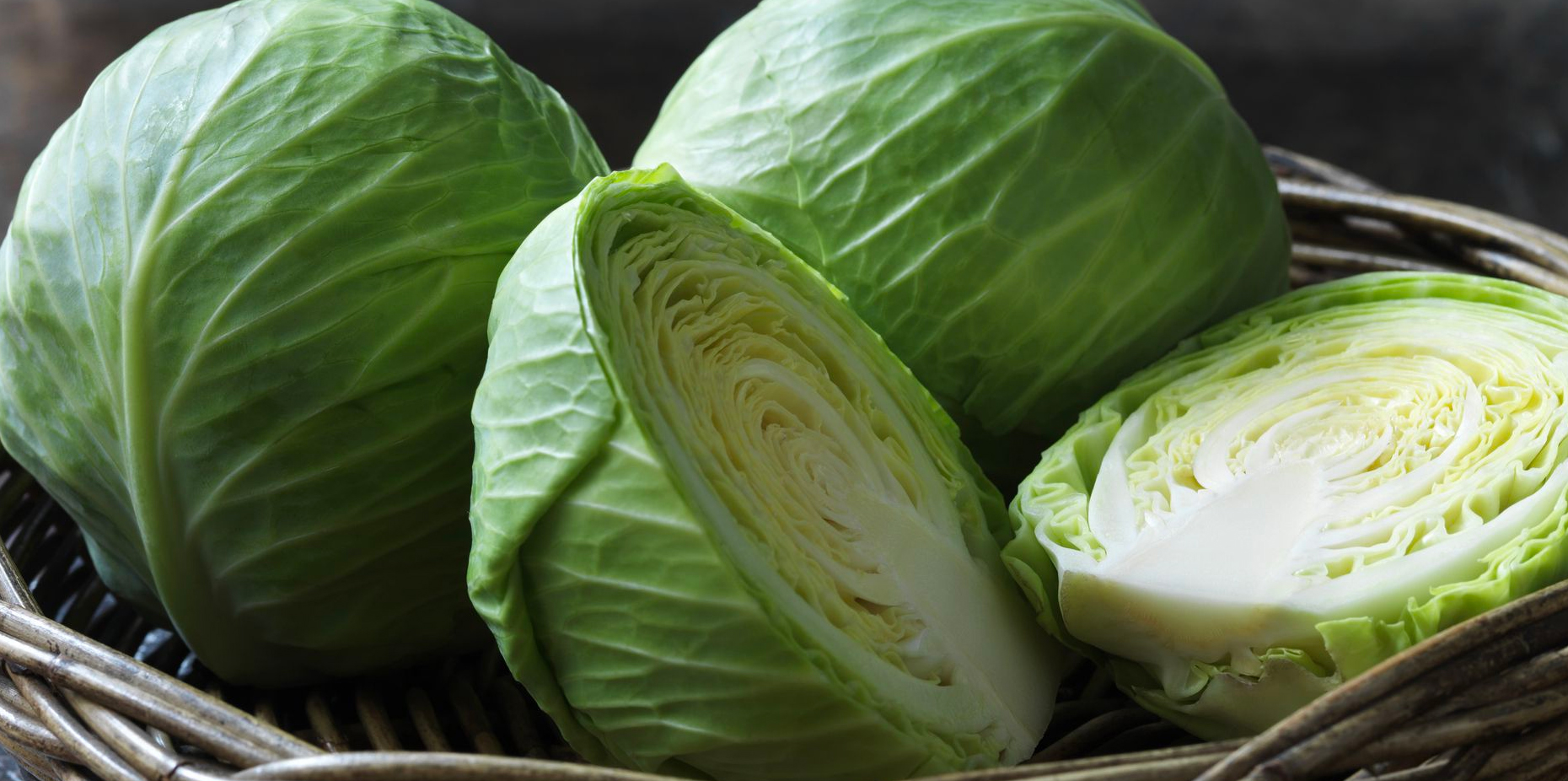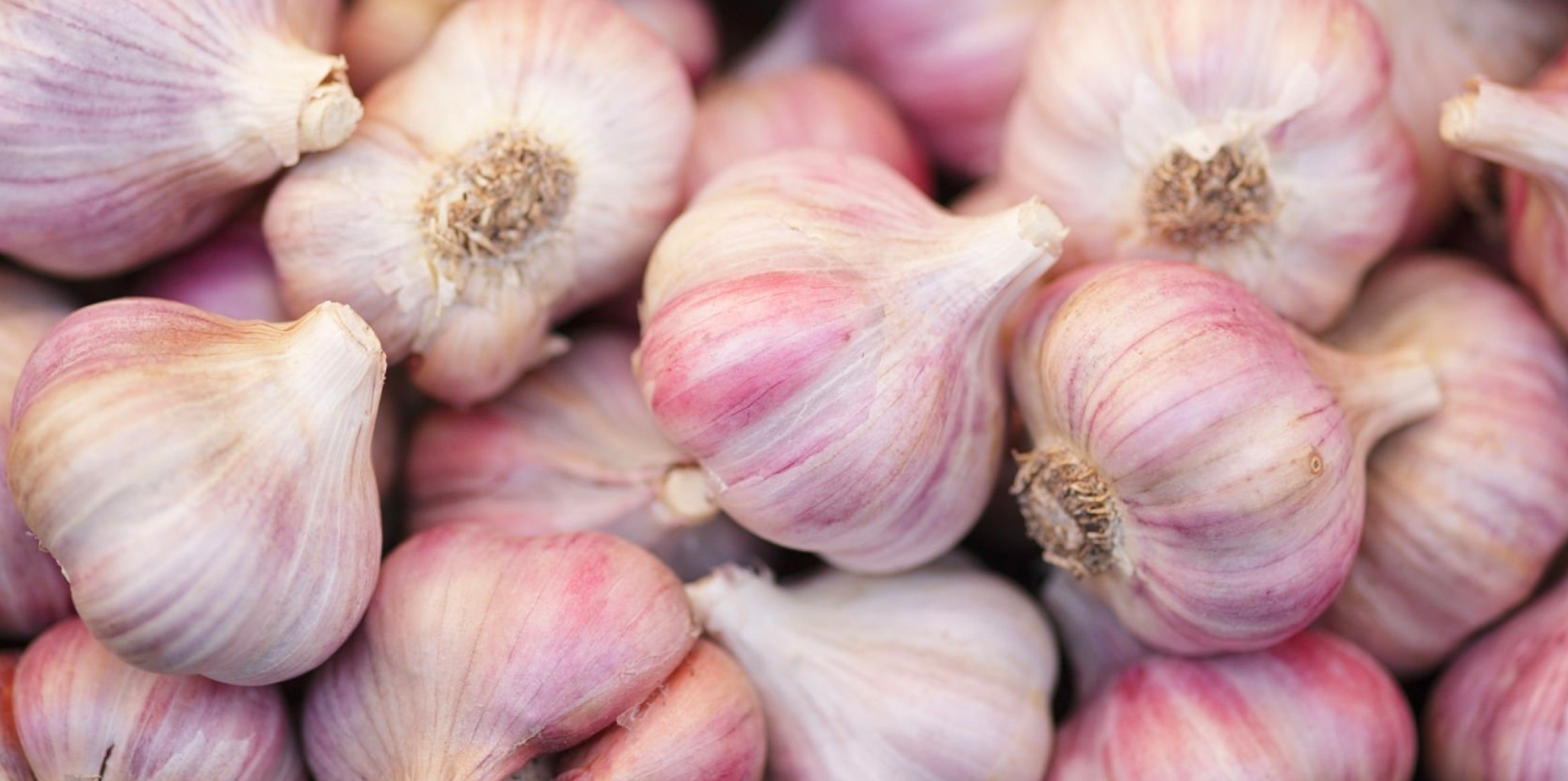Kale is a nutrient-dense plant that has been associated with providing numerous health benefits to the body.
This versatile vegetable is used in many recipes and is a delicious addition to any meal. Not only is kale tasty and packed with nutrients, a little also goes a long way and it is easy to prepare and use in the kitchen.
Let’s take a look at everything you need to know about kale.
Table of Contents
History & Facts
Kale is a leafy green, cruciferous vegetable that comes in a variety of shapes, sizes, colors, and textures. It can be eaten raw or cooked and has become a popular kitchen ingredient over the last several years. It belongs to the Brassicaceae family, along with broccoli, bok choy, cauliflower, cabbage, Brussels sprouts, and many other popular plants.
Kale was eventually brought to Europe during the first millennium and it is believed to have originated in Eastern Turkey. It was a staple vegetable eaten by peasants in ancient Rome during the middle ages and started to make its appearance in America in the early 1980s (1).
Kale has been used for medicinal and cooking purposes for centuries, making it one of the oldest vegetables around. It is a superfood, meaning, it’s abundant in several nutrients that are beneficial for heart and immune health, reducing inflammation, and lowering cholesterol. Additionally, superfoods have been associated with reducing cancer risk. Due to its high antioxidant, vitamin, mineral, and fiber content, kale is an extremely nourishing plant and offers many health benefits (2, 3).
Classifications
There are many different varieties, shapes, textures, and colors of kale. Curly, American, Russian, and Italian kale are four major varieties of kale that also contain several sub-variations (4). A few other types of kale include Redbor kale, Russian kale, Siberian Kale, Chinese kale, Japanese flowering kale, Siberian kale, Chinese kale, and many other different varieties.
Nutrition Facts
Listed below is kale’s nutrition information. Let’s take a look at kale’s macronutrient and micronutrient composition.
Macronutrients
The nutrition facts for 100g (3.5 ounces) of raw kale are (5):
- Calories: 35
- Water: 89.6 g
- Protein: 2.92 g
- Carbs: 4.42 g
- Fat: 0.178 g
- Fiber: 4.1 g
Carbs and Fiber
Fiber is an important carbohydrate that helps enable the body to regulate blood sugar levels, promote regularity and prevent constipation. It is also important for decreasing the risk of developing heart disease, diabetes, and diverticular disease. There are two forms of fiber, soluble and insoluble fiber. Soluble fiber dissolves in water while insoluble fiber does not. Kale contains insoluble fiber, allowing food to pass quickly through the digestive system (6).
Protein
Protein is an important macronutrient that is responsible for numerous functions in the body, which include building and repairing bones and muscles, as well as producing hormones and enzymes. Additionally, protein is an energy source for the body. While kale doesn’t contain a lot of protein, it still adds to the RDA and offers several other health benefits (7).
Vitamins and Minerals
In addition to its low-calorie content, kale is extremely nutrient-dense and provides an abundance of vitamins and minerals (5).
- Calcium: 254 mg
- Iron: 1.6 mg
- Magnesium: 33 mg
- Phosphorus: 55 mg
- Potassium: 348 mg
- Sodium: 53 mg
- Zinc: 0.39 mg
- Manganese: 0.92 mg
- Selenium: 0.9 mg
- Vitamin C: 93.4 mg
- Folate: 62 µg
- Vitamin A: 241 µg
- Vitamin E: 0.66 mg
- Vitamin K: 390 µg
- Lutein + Zeaxanthin: 6260 µg
Kale contains an abundance of notable vitamins and minerals that may be beneficial for reducing and preventing the risk of developing certain health issues.
Vitamin K is an especially important nutrient that is present in kale. 100 g of raw kale contains 390 µg, which exceeds the RDA for both men (120 µgm) and women (90 µgm). This nutrient is important for overall bone health and is vital for preventing bone fractures and improving bone strength (8, 9).
In addition to vitamin K, kale also contains a good amount of calcium, phosphorus, and magnesium. These nutrients also play a role in adequate bone health and proper bone formation (8, 10).
Vitamin C is another noteworthy nutrient that is found in kale. Vitamin C plays an important role in the antioxidant network, helping to combat free radicals and oxidative stress. This nutrient is also vital for immune health, producing collagen, healing wounds, and reducing or preventing the risk of infection. The RDA for women is 75 mg and 90 mg for men. Consuming 100 g of raw kale yields 93.4 mg of vitamin C, which meets the RDA for both men and women. However, certain populations have a higher RDA for vitamin C including pregnant women and elderly adults (11, 12).
Kale contains nutrients that not only play an important role in bone and immune health but also have properties that are beneficial for eye health. Lutein and zeaxanthin are two important nutrients that work together to promote eye health. These nutrients, along with vitamin E, vitamin C, and β-carotene have been associated with reduced risk of age-related macular degeneration and cataracts (13, 14).
Benefits of Kale
Kale contains properties that offer significant health benefits largely due to its nutrient-dense profile. Here are just a few noteworthy health benefits that kale offers.
Kale Contains Anti-Inflammatory Properties
Kale is high in antioxidants which help protect the body against free radicals and oxidative stress. Free radicals are unstable electrons that may result in cell damage, which could lead to unwanted health issues. Free radicals are the result of various factors that include pollution, smoking, toxins, and normal metabolic processes. These unstable/unpaired electrons have the ability to attack and damage DNA, proteins, carbohydrates, and lipids, which sets the stage for increasing the risk of developing certain health conditions like cancer and heart disease (15).
Antioxidants are important because of their anti-inflammatory and anti-aging properties. These properties include vitamin C, β-carotene, flavonoids, and polyphenols. Additionally, kale is also high in hydroxycinnamic acids and flavonoid glycosides that are effective at stabilizing free radicals, thus lowering inflammation that is present in the body (1, 16, 17).
Other nutrients that have antioxidant properties include vitamins C and E, both of which are found in kale. Consuming these nutrients, along with other antioxidant-containing nutrients, helps enable the body to combat free radicals and provides protection against the development of chronic diseases. Studies show that Brassica vegetables are high in antioxidants and contain compounds that inhibit cell damage (18).
Kale May Reduce the Risk of Developing Chronic Diseases
Because of kale’s nutrient-dense profile, it is no surprise that it offers numerous health benefits and may reduce the risk of developing chronic diseases like type 2 diabetes, heart disease, and cancer.
Kale has a high fiber content yielding approximately 4.1 g for 100 ounces. Fiber is especially important for regulating blood sugar and helping with weight management in people with type 2 diabetes. In addition, fiber helps lower triglyceride and cholesterol levels, which not only serves as a protective factor against type 2 diabetes, but also heart disease (19).
Because of kale’s high antioxidant content, it is beneficial for reducing inflammation by combating free radicals and protecting the body against cell damage, which may help decrease the risk of developing heart disease and cancer (15).
A meta-analysis review examined a significant decrease in cardiovascular disease from eating green leafy vegetables. The study found that daily consumption of green leafy vegetables reduced the incidence of developing numerous types of CVD, however, further research is needed to make a viable conclusion (20).
In addition to its high fiber content and anti-inflammatory properties, kale contains nutrients that may reduce the risk of cancer. Cruciferous vegetables have a high content of glucosinolates, indoles, and isothiocyanates, which have been associated with decreased risk of lung and colorectal cancer (21). Furthermore, a study showed that kale contains carotenoids which have cancer-fighting properties, enabling cell death in prostate cancer (1). While kale contains nutrients that have been linked to a lower risk of developing cancer, further research is necessary.
Kale May Help Strengthen Immunity
One of kale’s star nutrients is vitamin C. Vitamin C has many important functions, as discussed previously, and plays an imperative role in immune health. This nutrient supports several cellular functions associated with the immune system and is also a powerful antioxidant and cofactor for specific enzymes important for immune health (11).
Vitamin C’s role as an antioxidant is extremely effective in benefiting the immune system. Because of its nature to readily donate electrons, it helps to protect biomolecules from oxidative damage caused by factors like pollution and smoking. Not only is vitamin C a powerful antioxidant, it also contributes to wound healing and infections, resulting in decreased inflammation and increased immunity (11).
Vitamin C has the ability to stimulate white blood cell activity, thus aiding in immune defense. Moreover, it is used to make collagen and helps produce many hormones and chemical messengers used by the brain and nerves (11).
Not only is vitamin C a key nutrient in benefiting immune health, zinc, selenium, iron, vitamin A, and vitamin E all contribute to aiding in immune function (22). Kale contains small amounts of each of these nutrients and with the addition of vitamin C, it is no surprise that this leafy green packs a powerful punch in protecting the body against colds, infections, and viruses.
Potential Risks
While kale is packed with nutrients that may help protect the body against certain diseases, there are some potential risks to be aware of.
Kale May Have a Negative Effect on Certain Health Conditions
- It may lead to an iodine deficiency: Those who consume enough iodine and metabolize it efficiently would not be affected by the goitrogens that are present in kale. Goitrogens prevent iodine from going into the thyroid gland which could cause an iodine deficiency known as goiter. People with hypothyroidism are at greater risk for developing goiter due to their underactive thyroid gland (23).
- It may cause stomach issues: Due to its high fiber content, raw kale may cause bloating, constipation, stomach irritation, and bowel irritability (24).
Drug Interactions
- Warfarin: Kale contains a large amount of vitamin K, which helps assist in blood clotting. Warfarin is used as a blood thinner to prevent blood clots, therefore, eating kale and other foods that are higher in vitamin K could possibly interfere with the medication’s effectiveness (25). People taking Warfarin should talk to their doctor about eating kale and other leafy greens high in vitamin K.
Ways to Eat Kale
Kale is a versatile ingredient used in a variety of ways in the kitchen. It can be eaten as a main dish or a simple addition to any meal. Kale complements many other ingredients and can be eaten raw or cooked.
- Raw kale: Eating raw kale offers many health benefits. Due to the denaturing of nutrients during the cooking process, raw kale provides more nourishment and is more beneficial for antioxidant purposes (26). Raw kale can be enjoyed as a salad, on a sandwich, or wrap, and used in smoothies.
- Cooked kale: Cooking kale can be done in many ways including, roasting, sautéing, blanching, and steaming. The texture of the kale will become softer and shrink down during the cooking process. Ways to enjoy cooked kale include using it in omelets, adding it to soups, and cooking it with pasta or stir fry.
Frequently Asked Questions
Is it better to eat kale raw vs. cooked?
Eating raw kale is more nutritionally beneficial. This is largely due to the fact that cooking kale denatures the vitamins and minerals, resulting in lost nutrients. However, eating cooked kale still offers health benefits and may be more palatable and easier to digest. To retain the nutrients in kale while cooking, it is best to lightly steam it for a short duration (27).
When is kale in season?
Kale is typically available all year round but thrives in colder conditions. Kale is best in the fall and winter and can even tolerate snowy environments.
Conclusion
Kale is an extremely nourishing plant that contains a plethora of vitamins and minerals and offers numerous health benefits to the body. This leafy vegetable has been around for centuries and has become a popular food item in the kitchen today. Some of kale’s key nutrients include fiber, vitamin K, vitamin C, vitamin A, lutein, and zeaxanthin. Kale is nutrient-dense, low in calories, and beneficial for reducing the risk of developing chronic diseases like type 2 diabetes, heart disease, and cancer.
Kale is versatile in recipes and can be eaten raw or cooked. While kale may provide protection against developing certain health issues, it is important to note that it can affect people with hypothyroidism or those taking Warfarin.





